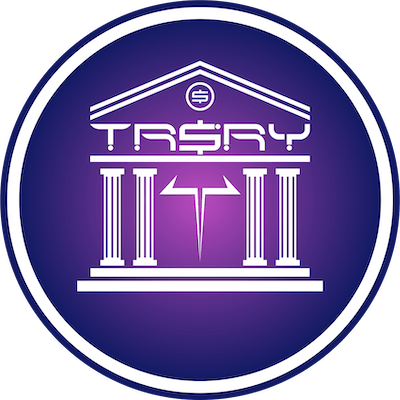
Press Play to hear the full Treasury Talks session
During our Twitter/X Spaces we welcomed Dale who is a prominent digital artist and well established freelancer as well as Jay and Mercy from Layers, an innovative Web3 freelancer platform, to discuss the future of freelancing in Web3.
The emergence of Web3 is redefining the freelancing landscape, offering new opportunities for freelancers to thrive in a digital economy that prioritizes decentralization, security, and direct peer-to-peer transactions. As this space evolves, freelancers and clients alike are exploring how Web3 technologies can enhance their work, create new revenue streams, and establish stronger connections within the digital ecosystem.
The Promise of Web3 for Freelancers
Direct and Secure Transactions
One of the foundational benefits of Web3 for freelancers is the ability to engage in direct and secure transactions with clients. As noted by Dale, “Web3 is cutting out the middleman for a lot of different things…you can control a lot of the way that you promote and market your stuff and get in contact with people”.
Jay commented that he didn’t personally feel a huge difference between Web2 and Web3 economy, but did note a shift in terms of how payment mechanisms have evolved: “initially it was cash, cheques and bank transfers, before switching to the big names such as Fiverr and Freelancer, and now with blockchain transactions. It is an evolution.”



